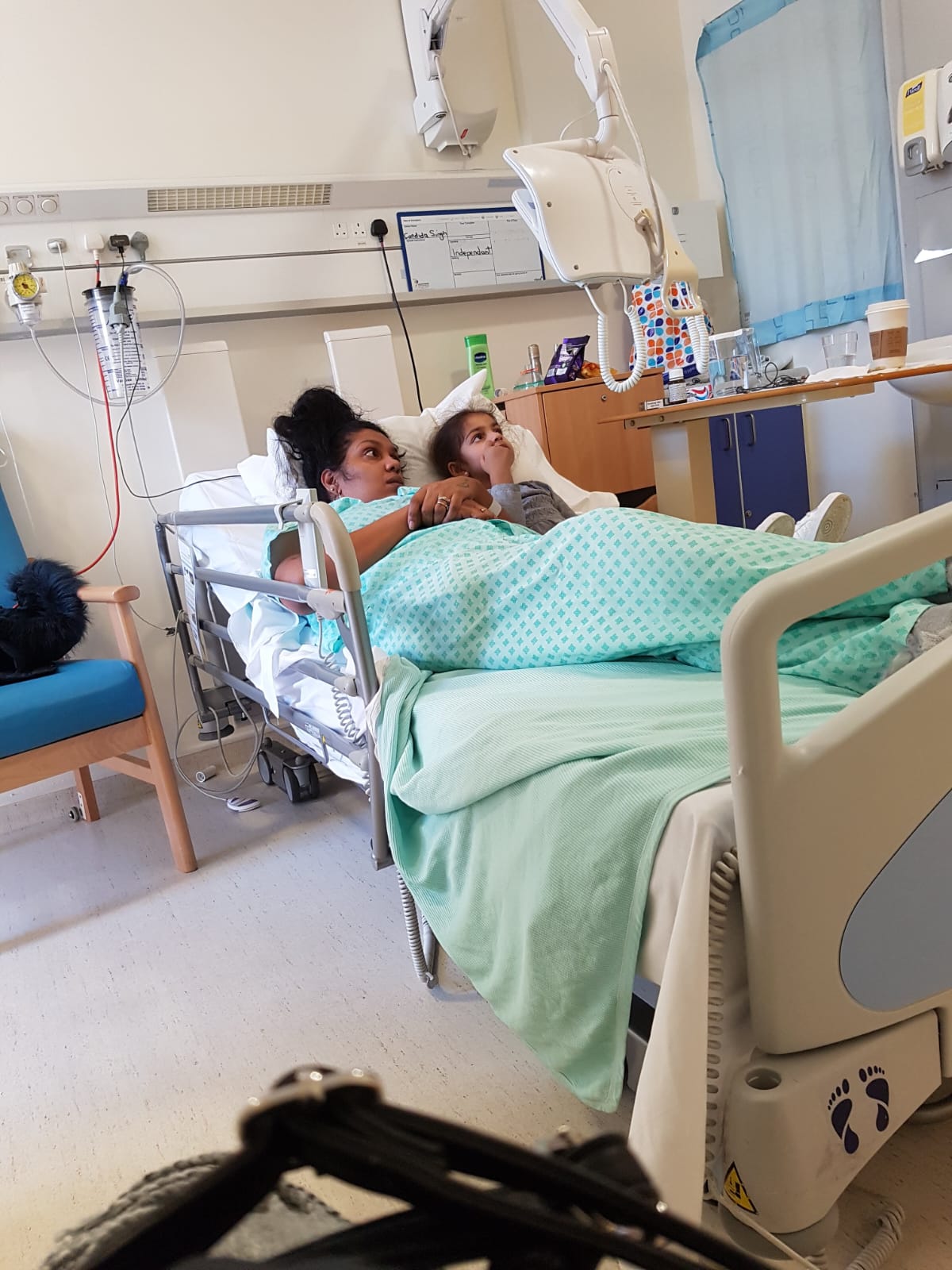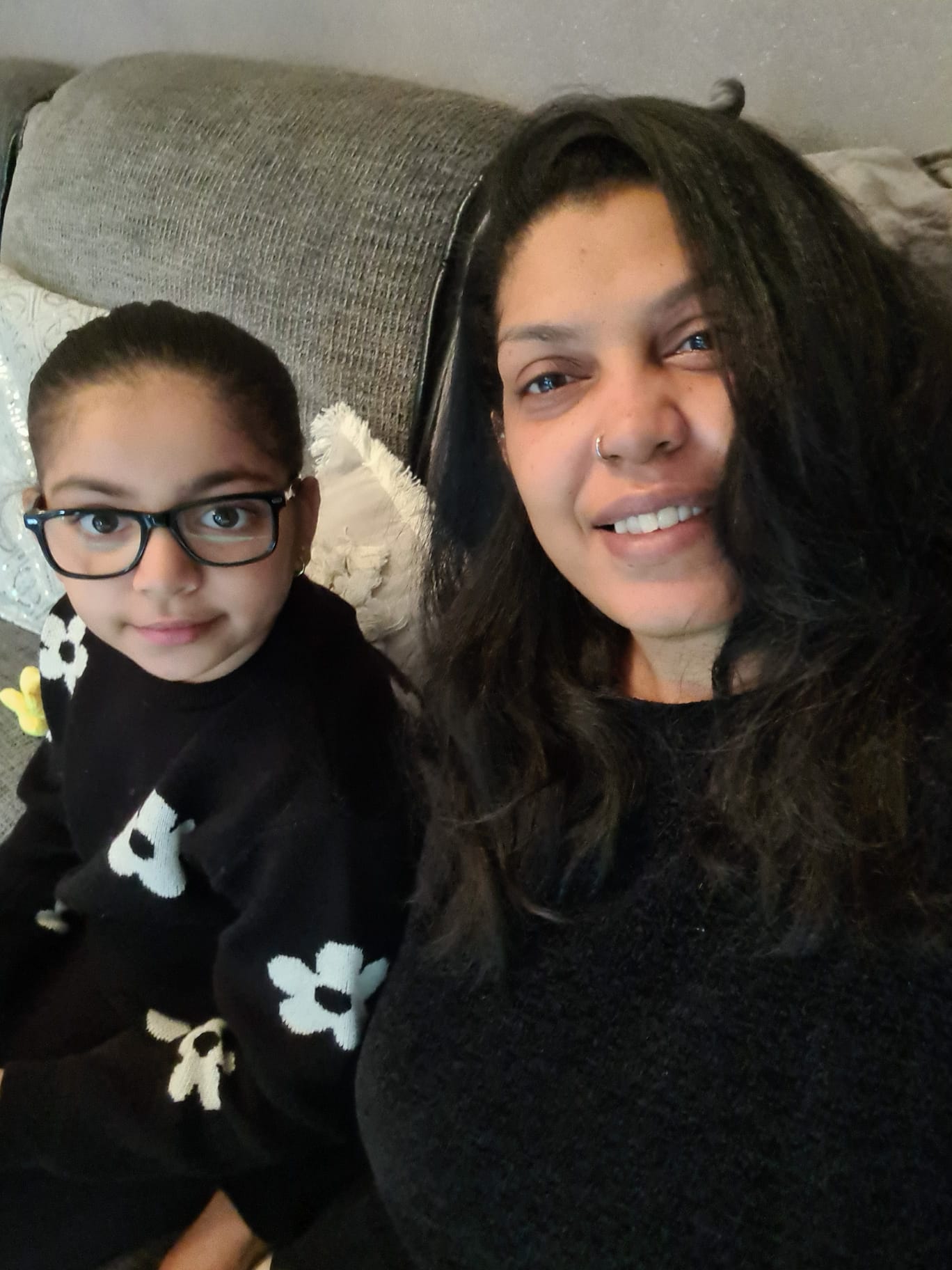Plasma Donation Week: celebrating the life-saving donors who help people like Candi
Candi’s immune system attacks her own body.
Diagnosed unusually young, aged just 10, Candi has myasthenia gravis. Myasthenia gravis is a life-threatening condition that stops nerve cells communicating with muscles, leaving them weakened.
 Myasthenia gravis mainly affects the muscles of the face and head, becoming life-threatening when it causes the muscles that control the lungs or throat to weaken. Candi had difficulty breathing and swallowing, alongside extreme muscle weakness.
Myasthenia gravis mainly affects the muscles of the face and head, becoming life-threatening when it causes the muscles that control the lungs or throat to weaken. Candi had difficulty breathing and swallowing, alongside extreme muscle weakness.
“I was always asking to be carried. I would climb under tables and try and sleep. I was only diagnosed after years of symptoms,” she says.
Candi was given medicine, but her condition worsened. She continued to have difficulty breathing and swallowing and struggled to eat. By 19, she weighed about 7 stone (44kg), despite being 5’8” (173cm) tall.
(Picture: Candi in a hospital bed with her daughter)
Then she was given a course of medicine, made from plasma, that worked so well, she has received it ever since.
“The plasma medicine made a massive difference,” Candi says. “From the very next day my vision was less blurred. I tasted food for the first time. I could walk without becoming massively tired. I started to be able to eat.
“The medicine was a life-saver – 1 million per cent.”
Plasma donation saves lives, and it has a massive impact on families and children.
This Plasma Donation Week, we are celebrating the community of life-saving plasma donors who help people like Candi.
Donated plasma makes unique, life-saving medicines that help to treat over 50 different diseases.
Plasma contains antibodies that can be turned into medicines to treat people whose immune systems aren’t working as they should be.
Plasma medicines are also used to treat blood disorders and infectious diseases like toxic shock syndrome, as well as supporting babies with heart conditions like Kawasaki disease and organ transplant patients.
Donated plasma can also be used to make medicines that help to treat liver disease, kidney failure, sepsis and burns.
So, here’s to the 7,000-strong community of plasma donors who donate at our 3 plasma donation centres, helping people like Candi to live their lives.
Now 35, Candi still has symptoms of myasthenia gravis, but thanks to the plasma medicine, they are much less severe, meaning she can be a mum to her daughter.
If I stopped receiving the medicine, I would deteriorate quickly and probably end up in intensive care
The medicine helps to influence her own antibodies to stop damaging her nerve cells. She is given infusions of the medicine every three months.
It takes around 101 donations a year to keep her well.
“My health is much better,” Candi says. “If I stopped receiving the medicine, I would deteriorate quickly and probably end up in intensive care.
“Plasma donation saves lives, and it has a massive impact on families and children.
“I am so thankful to everyone who donates.”
Plasma donors provide unique, life-saving medicines. We need giving types like you in Birmingham, Twickenham and Reading – find out more about donating plasma today.

